The prospect of rain showering down on your outdoor adventure might be an unpleasant thought—unless you’re armed with the ultimate line of defense: waterproof and tear-resistant rain gear. But what does it mean for a piece of rain gear to be truly deserving of these labels? And how can you accurately gauge the quality of rain gear before investing? We're going to explore these questions and more as we journey through the essentials of rain gear selection. The goal is to help you understand those crucial factors that separate mediocre rain gear from those that pleasantly keep you dry and warm, even amidst the toughest weather conditions. Let's dive in!
Understanding Waterproofing and Tear-Resistance in Rain Gear
When looking for reliable rain gear, two critical factors to consider are waterproofing and tear resistance. These two features determine the quality, performance, and durability of your outdoor attire, especially in unpredictable weather conditions. The right gear can keep you dry and hassle-free in the stormiest deluge, but only if it’s built to sustain the wrath of the elements.
Importance of Waterproofing and Seam Sealing
Waterproofing is what keeps the rain out, making it an indispensable property of any rain gear. A waterproof garment, like a rain jacket, should be capable of withstanding prolonged periods of heavy downpour. Critical to this ability is the seam sealing process, where the tiny holes created during the garment's construction stage are covered with a waterproof tape or liquid sealant. This process prevents water from seeping into the gear at its most vulnerable points.
Most outdoor enthusiasts would agree that there's no joy in sporting a rain jacket only to find it seeping water in the first fell of rain. That's why its advisable to invest in well-sealed, high-quality waterproof gear from the start.
- Durability Tested: Rain jackets are coated with a durable water-repellent (DWR) finish to add an extra layer of waterproofing.
Durable Water-repellent Finish
Taking the waterproofing game up a notch is the durable water-repellent (DWR) finish often applied to rain gear. This hydrophobic coating makes water bead upon the surface of the fabric, preventing it from permeating the gear. Even though the DWR finish isn't invincible and may wear off over time due to wear and tear, it significantly enhances the garment's resistance to water, shedding off the raindrops before they could soak into the fabric. The key is to use a quality DWR finish and to maintain the gear properly to ensure longevity.
Importance of Tear Resistance in Rain Gear
Tear resistance is the other side of the rain gear coin. Outdoor enthusiasts often find themselves in challenging environments filled with abrasive elements like branches, rocks, and rough surfaces. In such tough terrains, the durability of the gear is paramount to ensure its longevity, and that's where tear resistance comes in.
Rain gear with high tear resistance, such as the 6.4 oz Helium Rain Jacket, can withstand the harsh elements, letting you savor your adventure without worrying about gear damage. A tear-resistant rain garment will last you longer and provide better value for money, making it an essential feature to check for when making your choice.
In concluding, investing in rain gear with high waterproofing and tear resistance is the smart choice for those who brave the outdoors regularly. Not only will such gear protect you in harsh weather, but it also provides a longevity that ensures you get maximum mileage out of your purchase. Don't compromise on these two critical features; your comfort and protection depend on them!
Factors to Consider When Choosing Rain Gear
Choosing the right rain gear can be a tricky task, especially given the plethora of options available on the market. One needs to consider various factors including the technology behind the waterproofing, the importance of zippers and sealing, and the role of the 3-layer technology. This article aims to shed light on some of these key considerations to help you make an informed decision when purchasing rain gear.
Choosing Based on Waterproof/Breathable Technology
The cornerstone of any good rain gear lies in its ability to keep rain and moisture out while ensuring comfort. This is where the waterproof/breathable technology comes into play, providing the wearer with dryness even in wet conditions while enabling sweat and heat to escape from your body. This perfect balance ensures you stay dry and comfortable in the harshest of rains.
- Look for jackets with a high waterproof rating, usually measured in millimeters (mm) to determine how waterproof a fabric is. A higher rating typically means more waterproofing.
- Similarly, breathability is also a critical factor. This is often measured in grams (g) and signifies the vapor quantity that can pass through the material over 24 hours. A higher number means the jacket is more breathable.
Nonetheless, remember that choosing waterproof/breathable technology in rain gear is not a one-size-fits-all solution. Choose something based on your specific needs and anticipate the kind of weather you'll be exposed to.
Knowing the Importance of Zippers and Sealing in Rain Gear
Zippers and other sealing mechanisms on rain jackets aren't just for aesthetics — they play a pivotal role in providing waterproof protection. The last thing you want is water seeping in through unsealed pockets and openings. So, how do we ensure our zippers do their job?
- Ensure your rain gear has storm flaps, either external or internal, which can offer an extra layer of protection against water seepage through the zippers.
- Explore options with fully taped seams. These are seams that have been covered on the inside with waterproof tape to prevent water intrusion.
Remember, each detail of your rain gear contributes to its waterproofness and durability. Therefore, don't overlook the importance of sturdy zippers and sealed seams in your rainwear.
Understanding the Role of 3-Layer Technology in Rain Jackets
The 3-layer technology in rain jackets provides not only waterproof protection but also windproof capabilities. This technology encompasses three distinct parts: the outer fabric, the middle membrane, and the inner liner. Together, these layers work in harmony to keep you dry and comfortable under severe weather conditions.
- The outer layer is usually treated with a durable water repellent (DWR) finish, repelling water and preventing saturation.
- The middle membrane is the core of the waterproofing, ensuring no water penetrates the jacket while allowing vapor to escape.
- The inner layer, often a kind of mesh or fabric, helps move sweat away from the body, enhancing the jacket's breathability.
This 3-layer technology ensures the jacket's robustness, making it an ideal choice for heavy rain and rugged uses.
Making the right choice for your rain gear may take a bit of time, but it’s a worthy investment. After all, having quality rain gear can make the difference between a miserable day in the wet and a fun adventure, rain or shine. So, the next time you find yourself in the market for rain gear, consider these important factors. Careful consideration will help you stay dry, comfortable, and ready to face whatever the elements have in store.
Examining the Performance of Various Rain Gear Products
When the skies open up, and Mother Nature showcases her rainy temperament, the importance of quality rain gear comes to the limelight. A well-performing rain jacket offers not only shelter from the storm but also comfort and a heavenly dryness that is much sought after during downpours. In this journey of examination, we'll immerse ourselves into the riveting world of rain gear products, unraveling their performance, the innovation behind them, and the advantage of the materials used.
Performance of Popular Jackets
Among the many rain jackets in the market, the Arc'teryx Beta AR stands out, recognized for its steadfast resilience to everyday wear as well as relentless storms. This jacket epitomizes the ideal blend of durability, comfort, and water resistance - all the elements a rain jacket should adamantly possess.
Some key characteristics of the Arc'teryx Beta AR include:
- Unwavering functionality even in blasting storms
- Longer lifespan due to its toughness against regular wear
- Incredible level of comfort, allowing freedom of movement no matter the conditions
These features denote one of the main reasons behind its popularity among outdoor enthusiasts and urban dwellers alike.
Profound Innovations in Rain Gear Technology
The realm of rain gear technology is not immune to advancements and innovations. In fact, it's home to one of the most famous waterproof and breathable brands - Gore-Tex. This miracle worker of a material has revolutionized rain gear, presenting products that are not only incredibly water-resistant but also breathable. It's like a superhero costume, offering you protection against the elements while letting your body breathe.
The technological leaps witnessed in rain gear production have led to:
- Enhanced breathability ensuring your comfort during wear
- Increased waterproof capabilities even in the heaviest of downpours
- Improved flexibility and lightness making them easy to carry and wear
Modern rain jackets are now lighter, softer, more breathable, stretchy, and more waterproof than ever, thanks to these ongoing innovations in rain gear technology.
Innovative Materials and their Advantages
The improved performance of rain gear products owes largely to the innovative materials used in their manufacture. The advantages of these materials are noteworthy, dramatically improving the quality of rain gear available today.
These innovative materials bring to the table:
- Increased durability: Ensuring the longevity of your beloved rain gear
- Enhanced comfort: Making every wear a joy, even in the harshest downpours
- Excellent breathability: Keeping you dry both inside and out
- Improved waterproofing: You'll forget what it's like to be wet in the rain.
It's safe to say the journey through rain gear products brings about an appreciation for the innovation, technology, and material advantage that these waterproof lifesavers offer. With these insights, we believe you're much better equipped to face the next rainstorm with style, comfort, and most importantly, dryness.
Case Specific Recommendations
The task of selecting the right rain gear can often be overwhelming, particularly when faced with an array of weather conditions that command unique responses. Paying heed to specific weather variations and the associated gear requirements can significantly enhance your experience, ensuring you're suitably protected against the elements. This segment will guide you through specific cases scenarios that demand suitable rain gear choices, including hazardous conditions, heavy rainfall, chilling winter weather, and a need for comfort and flexibility.
For Hazardous Conditions
Some work environments can often be perilous, presenting an increased risk factor due to the nature of tasks involved. Those who work amid hazardous conditions such as electricity or fire benefit greatly from protective wear engineered specifically for these settings. Flame-Resistant (FR) rain gear and flame-resistant wet weather clothing, designed to resist ignition, self-extinguish, and avoid any melting when exposed to fire, should be a top consideration. This apparel aids in mitigating burns and fatal accidents, proving a literal life-saver in an emergency.
For Heavy Rain Situations
When faced with heavy rain, ensuring you stay dry becomes a prime concern. In such circumstances, Oilskin-style rain gear truly shines. This waterproof attire, treated with oils or waxes, offers impressive water repellant capabilities. It serves as a durable barrier against torrential rain, keeping you dry and reducing the discomfort that could hinder your productivity.
For Winter Weather
Navigating chilly, winter weather demands gear which not only repels water but also traps warmth. Pacific Northwest locals vouch for Helly Hansen's winter rain gear. Crafted with wind and waterproof layers, these garments provide the requisite heat retention, all while ensuring you stay dry. It's an essential solution, turning winter rainfall from a discomfort into just another weather condition.
For Comfort and Flexibility
Finally, there's no undermining the importance of comfort and flexibility when suiting up against the rain. Gear made with a 3-layer stretch fabric ensures maximum flexibility, providing a comfortable, snug fit and undeterred mobility. Moreover, its waterproof properties keep you dry, embodying the ultimate convergence of comfort, flexibility, and protection.
Making an informed choice, after all, is the key to minimizing discomfort during unfavorable weather conditions. So, pick your rain gear wisely, investing in pieces that cater to specific needs. Because why just endure the weather when you can enjoy it instead?
Conclusion
Investing in superior quality rain gear is not just about surviving the elements, but making the most out of wet weather scenarios. It's about having the confidence to step out, knowing that you are well-protected and ready to handle what the day throws at you. Waterproofing and tear-resistance are more than just buzzwords. They're critical for keeping you dry, comfortable, and safe. By understanding and considering the various factors that contribute to quality rain gear, you'll be able to make informed purchasing decisions.
At Hurricane Raingear, we're dedicated to providing leading-edge rain gear technology. Working tirelessly from our Pacific North West workshop, we have handcrafted a line of waterproof, rip-resistant, and high visibility gear that prioritizes comfort without any compromises. So why settle for less? Choose Hurricane Raingear, and embrace the rainy days ahead.
Ultimately, remember that the right rain gear not only makes your wet weather adventures more enjoyable, but it can also make them safer. Stay dry, stay comfortable, and stay safe no matter the weather. Your adventure awaits, and it does not need to wait for the rain to clear.
Frequently Asked Questions
-
What materials should I look for to ensure rain gear is waterproof and tear-resistant?
When looking for rain gear that is waterproof and tear-resistant, consider materials like nylon, polyester, and Gore-Tex. These materials have durable water repellent (DWR) coatings and are known for their waterproof and tear-resistant properties.
-
How can I test if my rain gear is waterproof?
To test the waterproofness of your rain gear, you can try the water repellency test. Pour water over the exterior of the rain gear and observe if it forms beads and rolls off the surface. If the water soaks into the fabric or starts to penetrate, it may need reproofing or be less waterproof.
-
Can rain gear be both waterproof and breathable?
Yes, there are rain gear options available that are both waterproof and breathable. Look for rain gear that has breathable membranes or vents that allow moisture to escape, while still keeping you protected from the rain.
-
Is it better to have a rain jacket or a full rain suit?
It depends on your needs and preferences. A rain jacket provides adequate protection for your upper body, while a full rain suit includes pants for complete coverage. Consider the activities you'll be doing in the rain and choose accordingly.
-
How do I properly maintain and care for my rain gear?
To maintain the waterproof and tear-resistant properties of your rain gear, follow the manufacturer's care instructions. Clean the gear regularly with mild detergent, avoid using fabric softeners or bleach, and re-proof it if necessary. Store it in a cool, dry place to prevent damage.



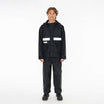
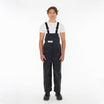
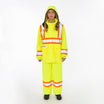
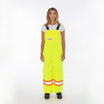
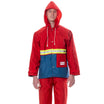
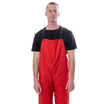
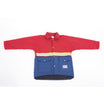
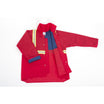
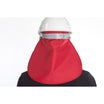

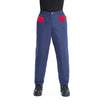
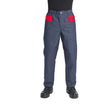
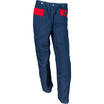
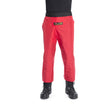
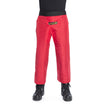
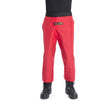
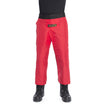

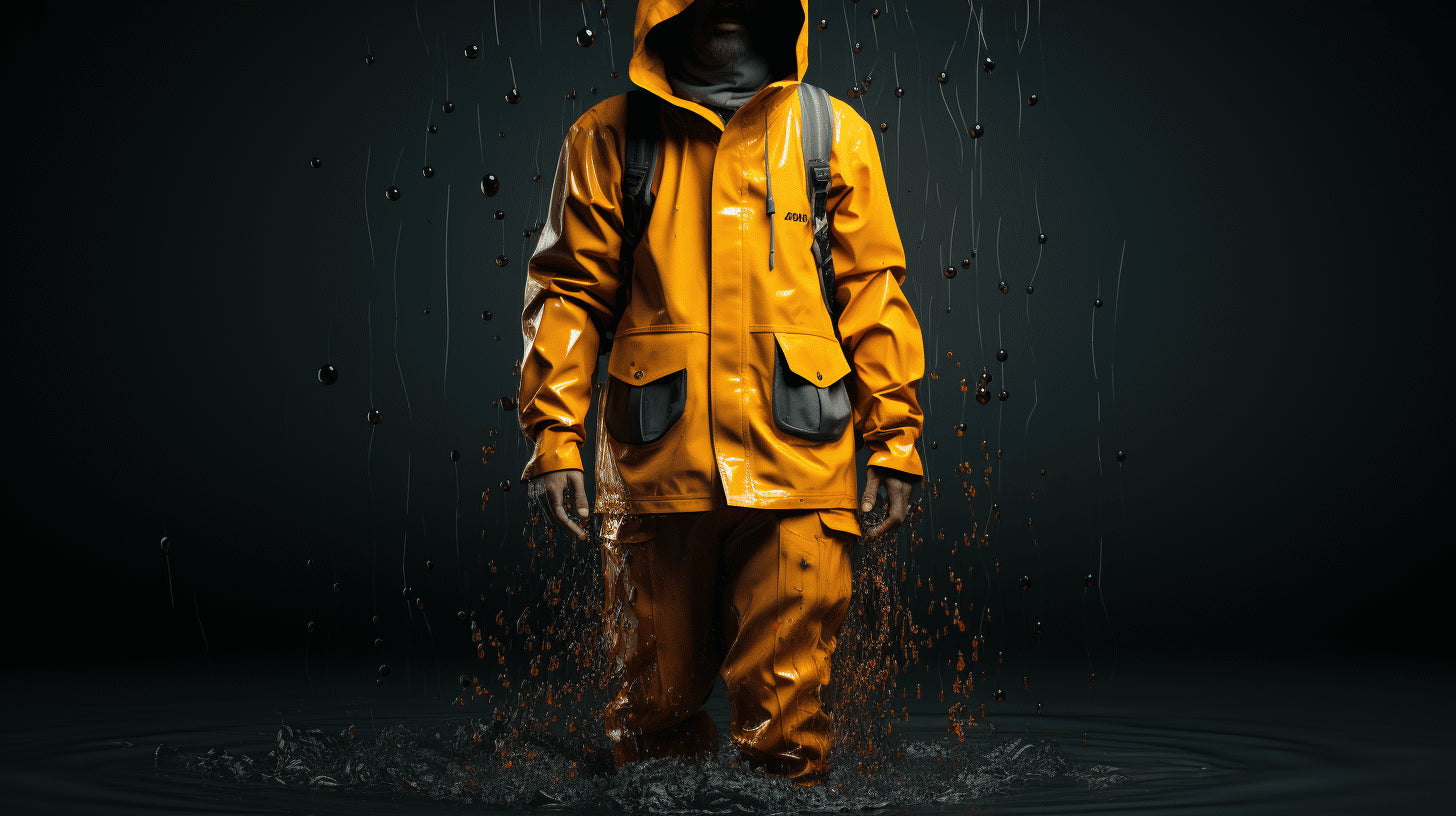
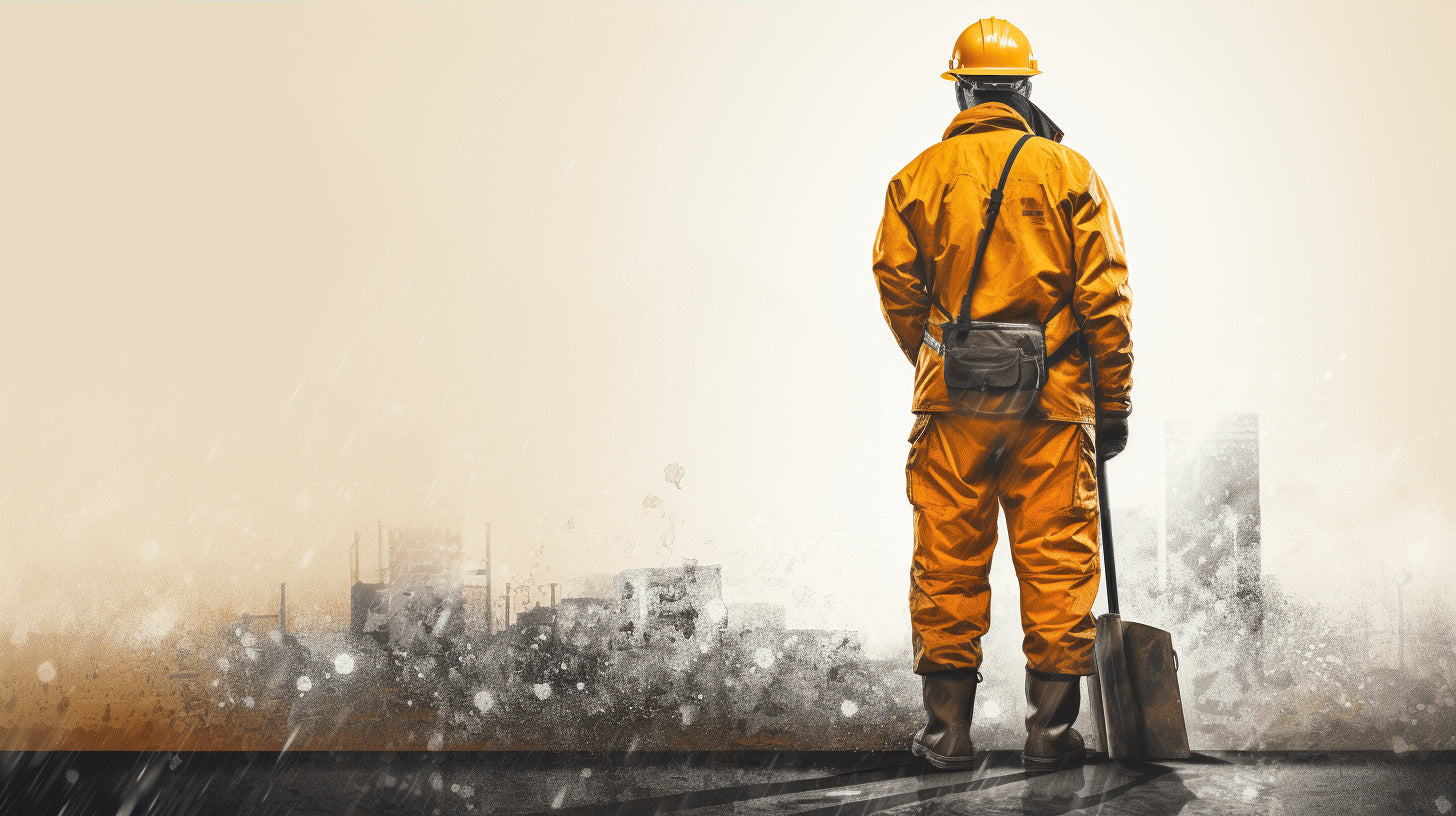
Leave a comment
This site is protected by hCaptcha and the hCaptcha Privacy Policy and Terms of Service apply.